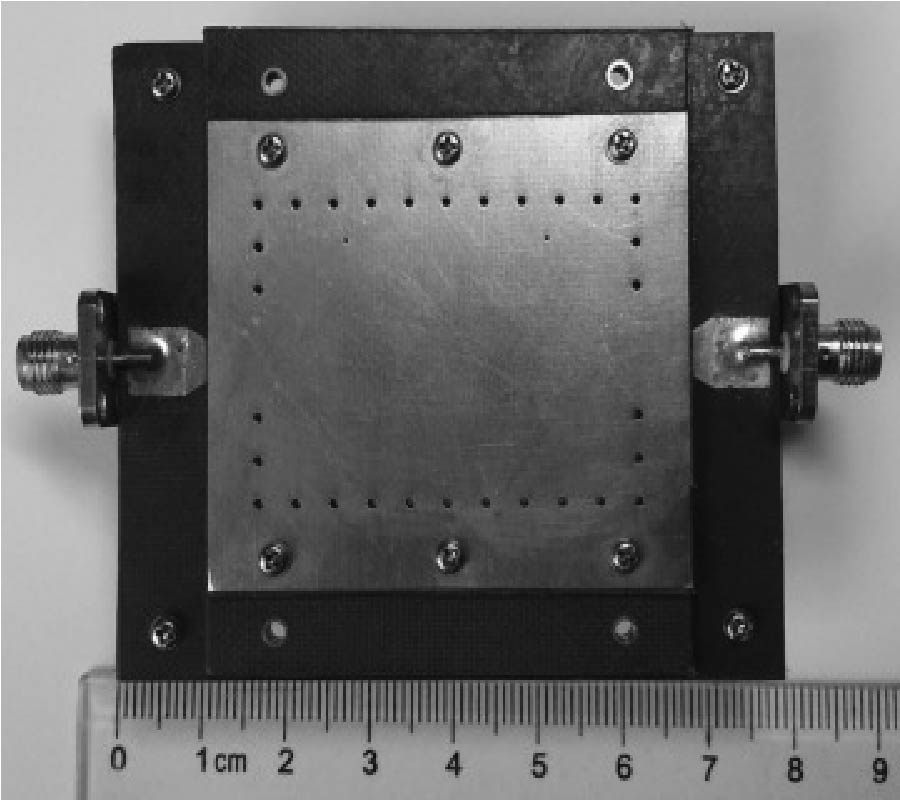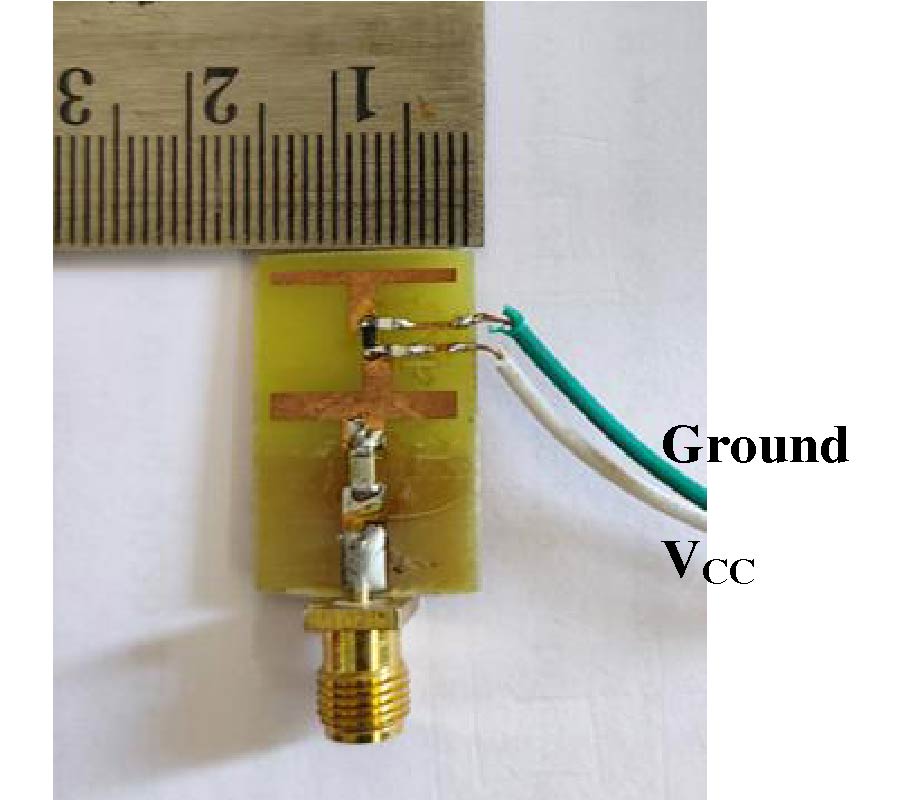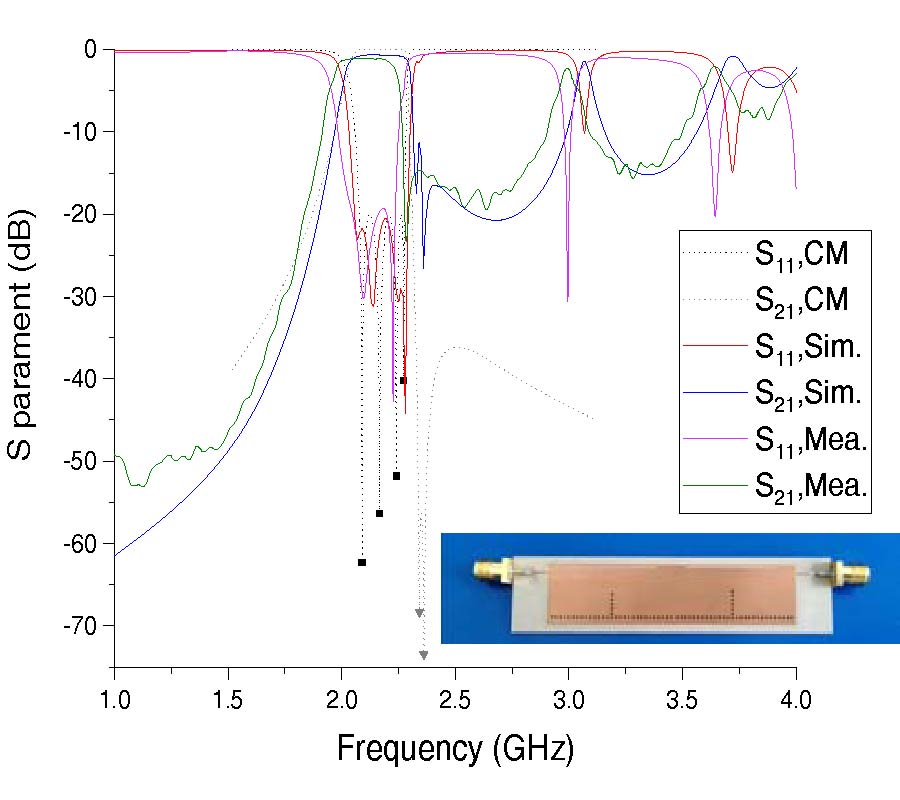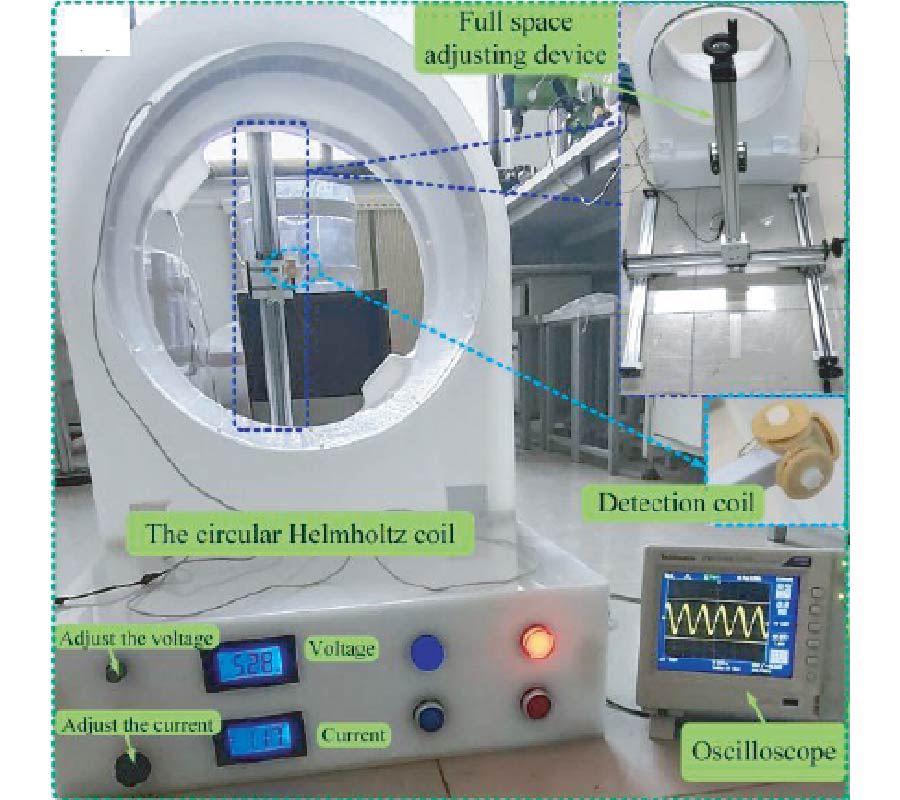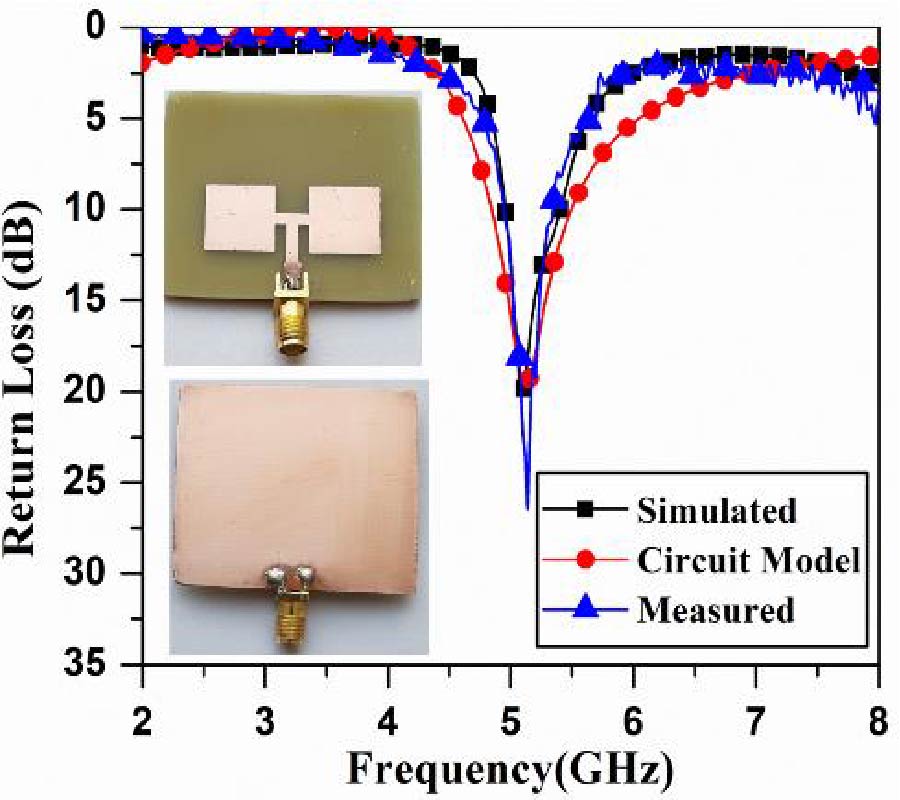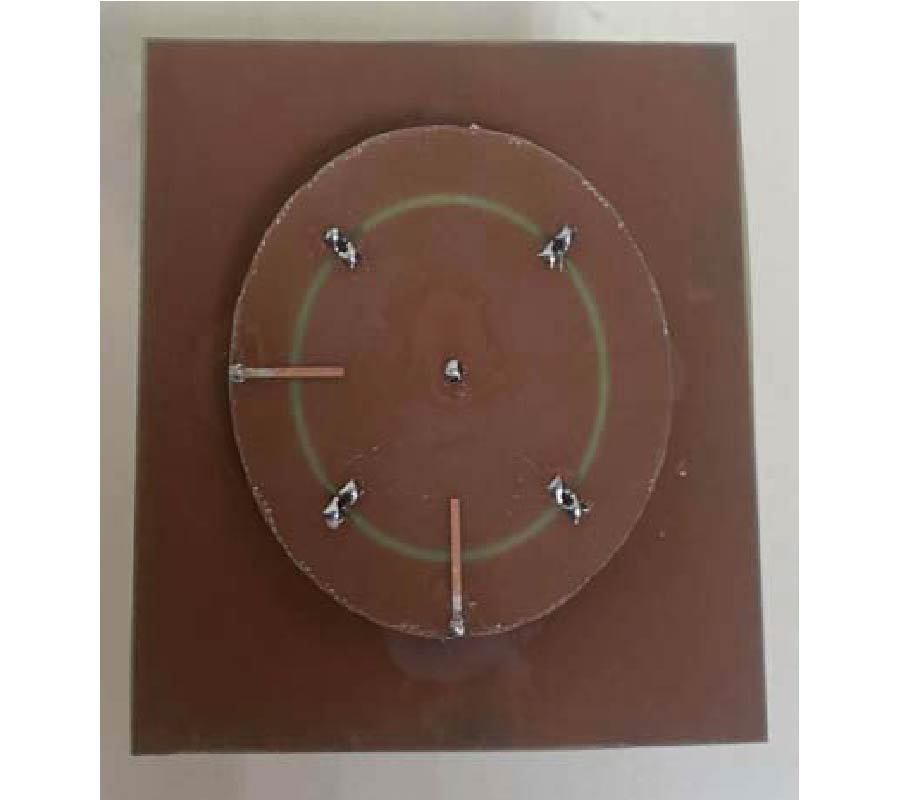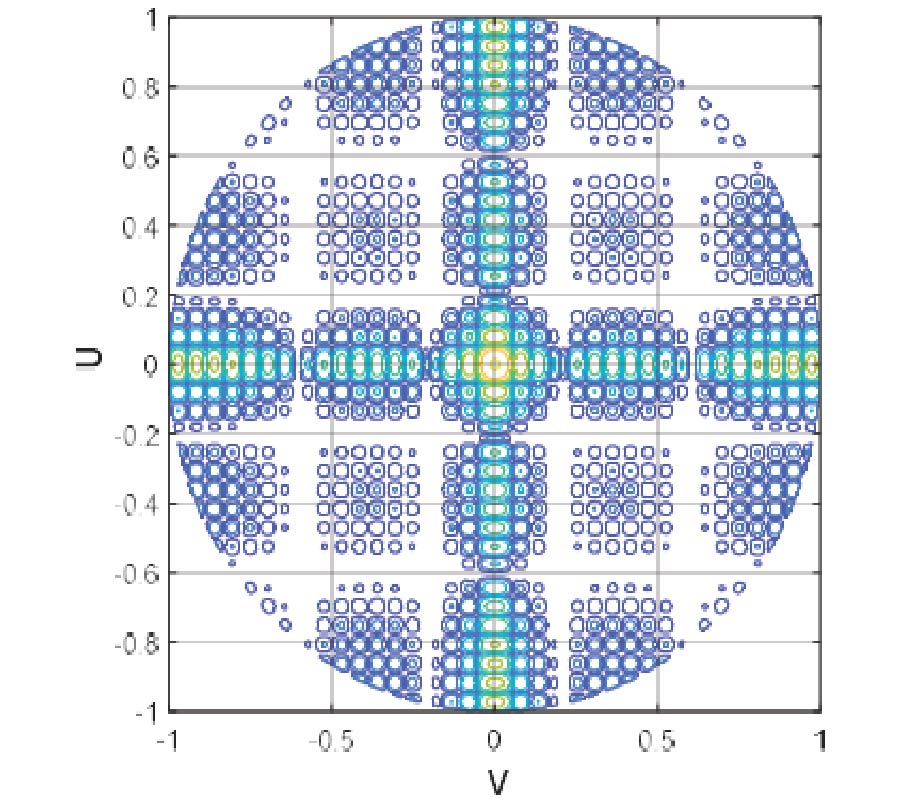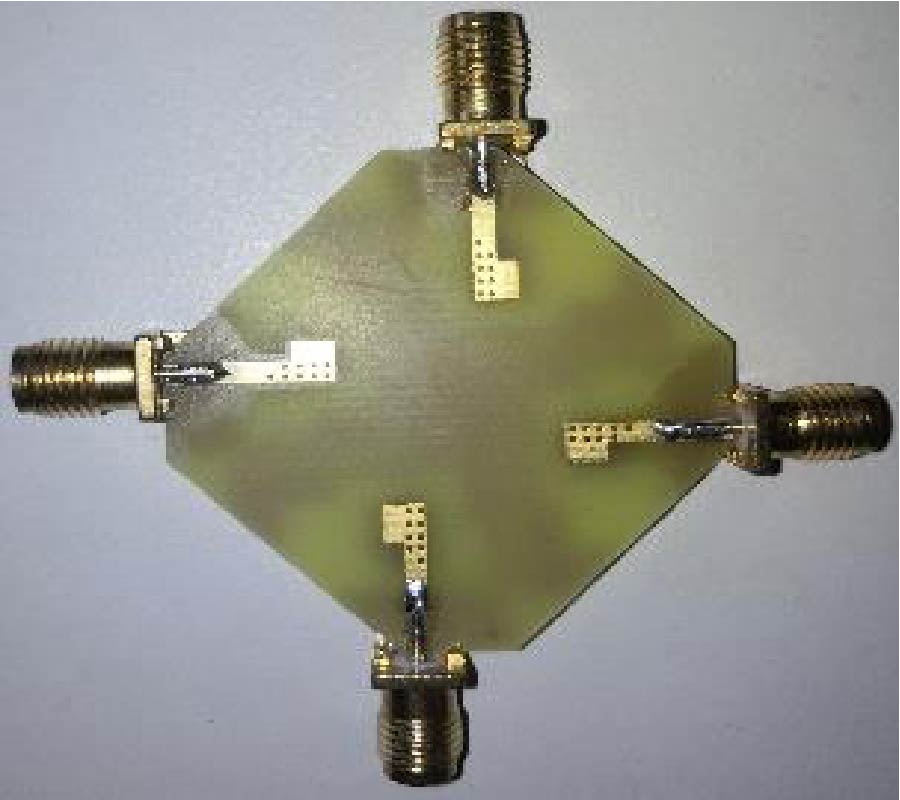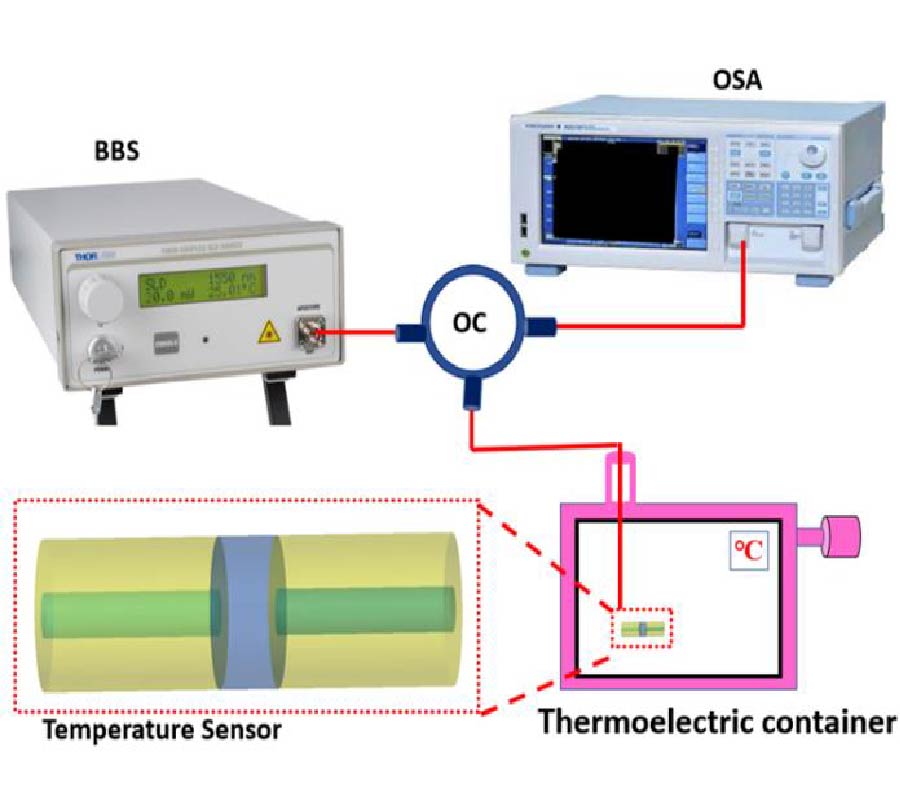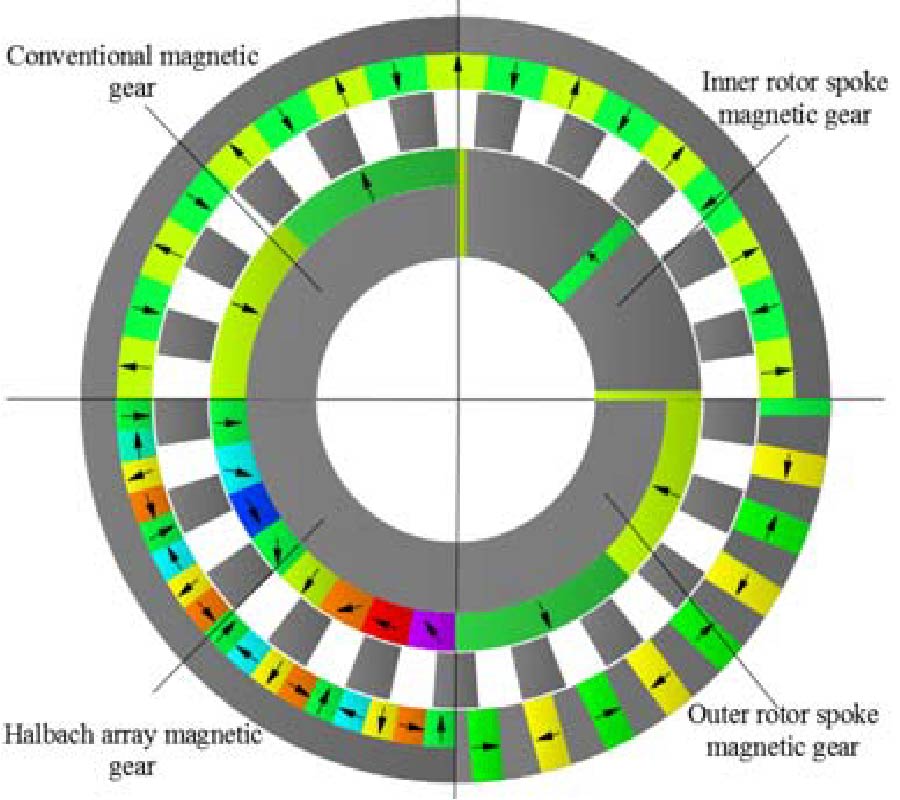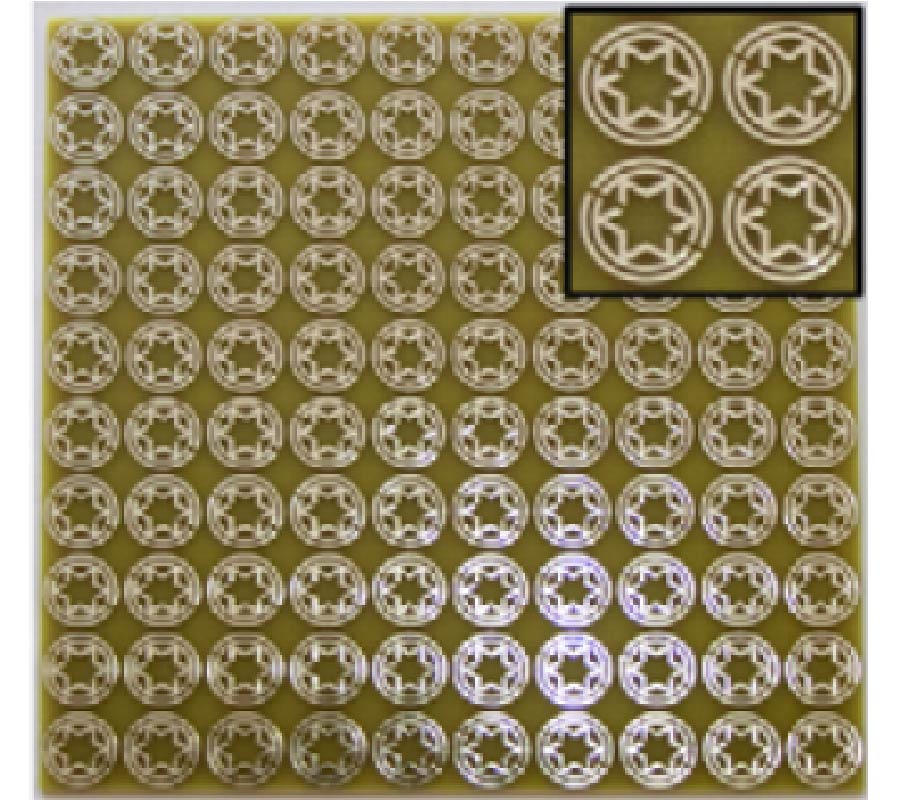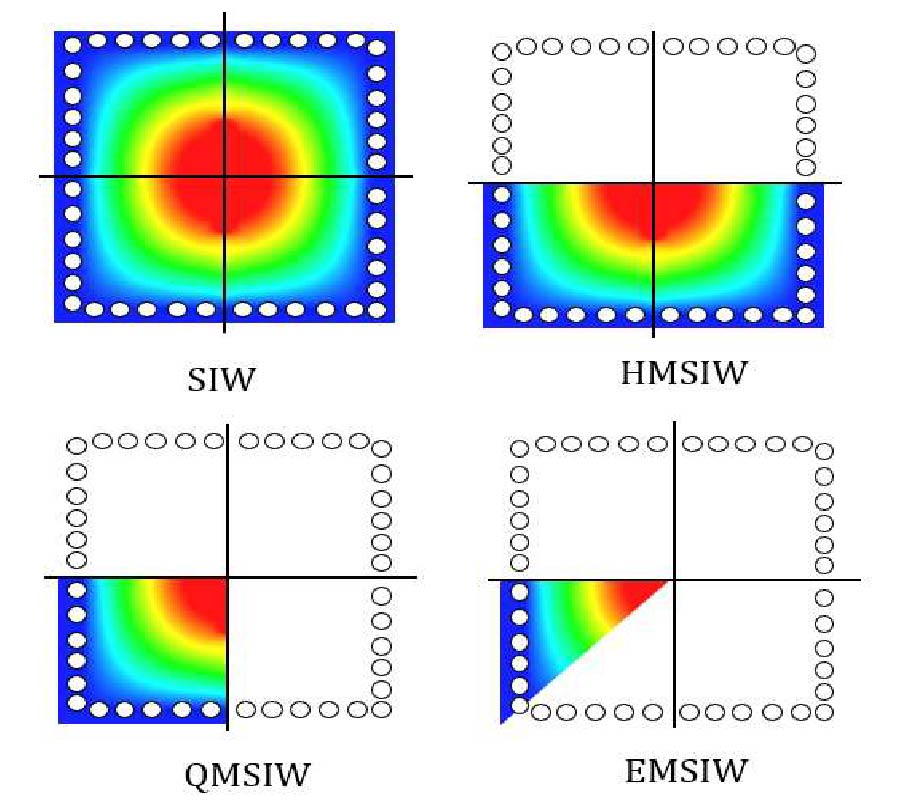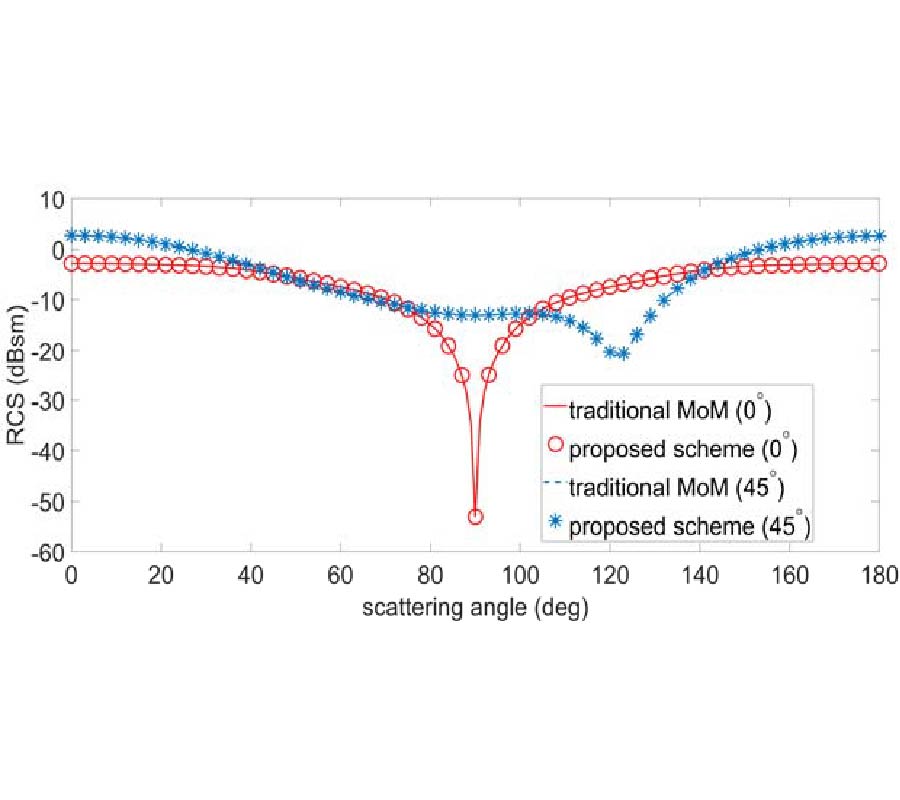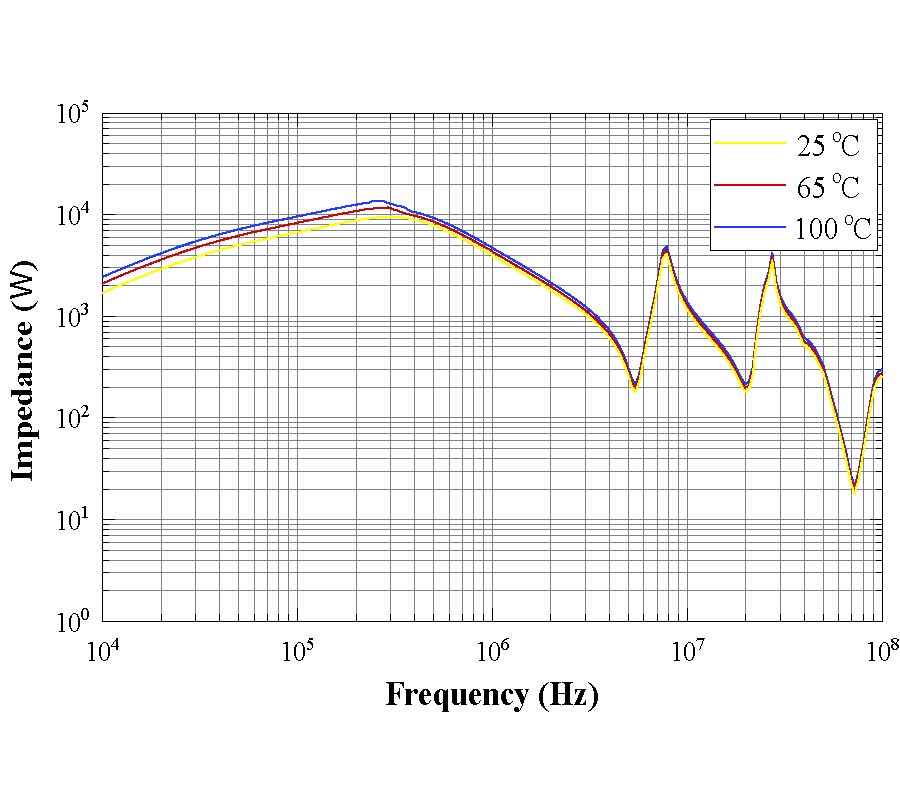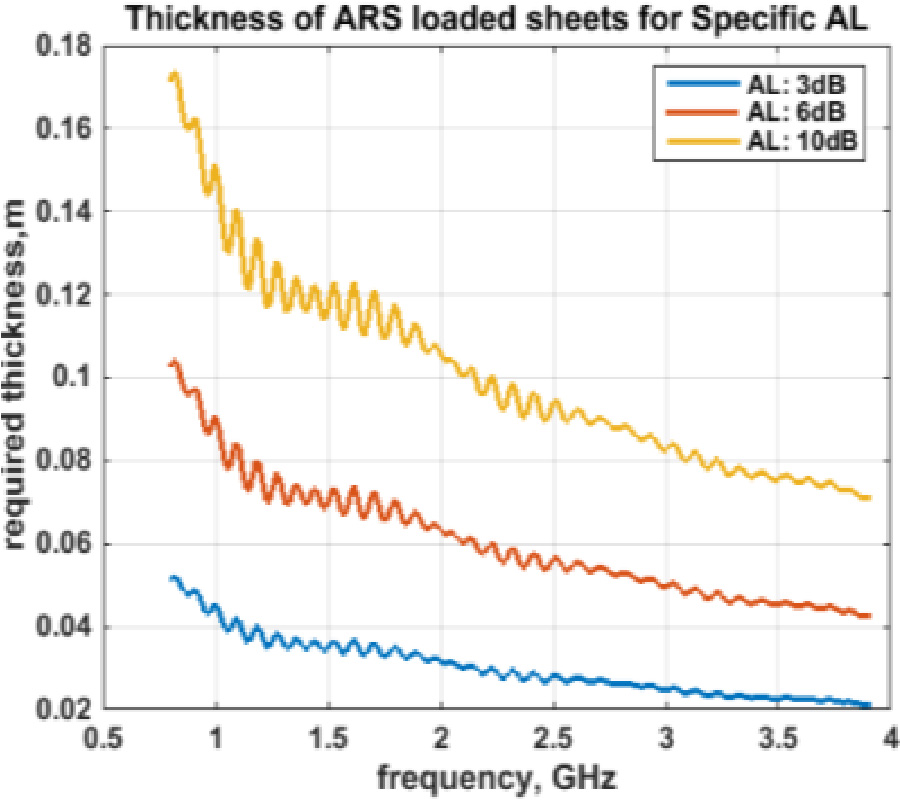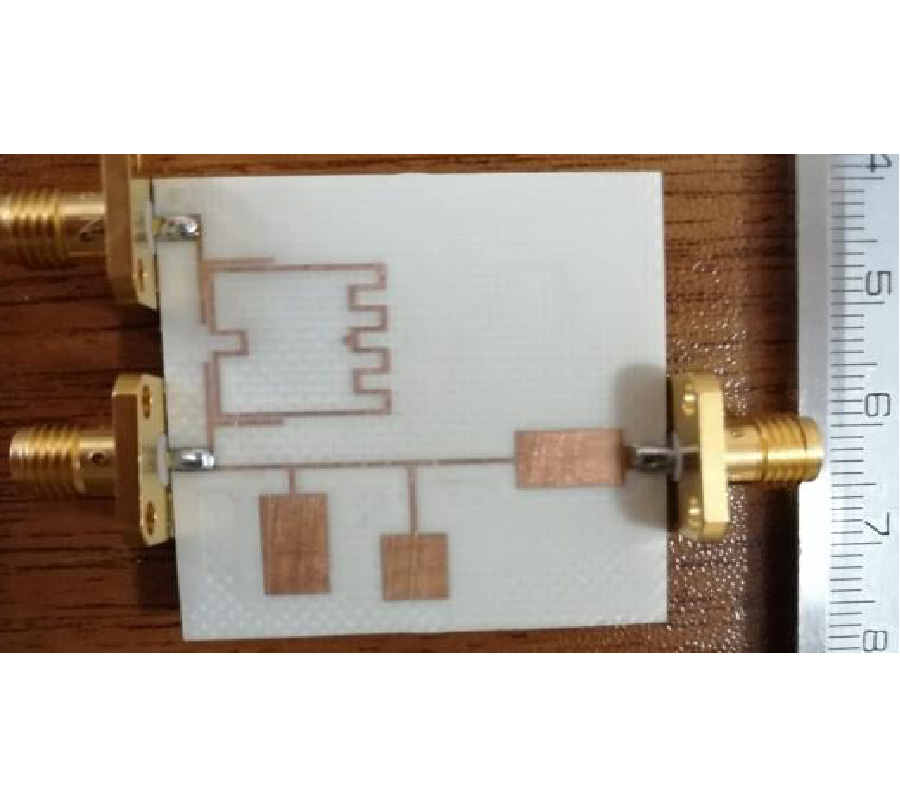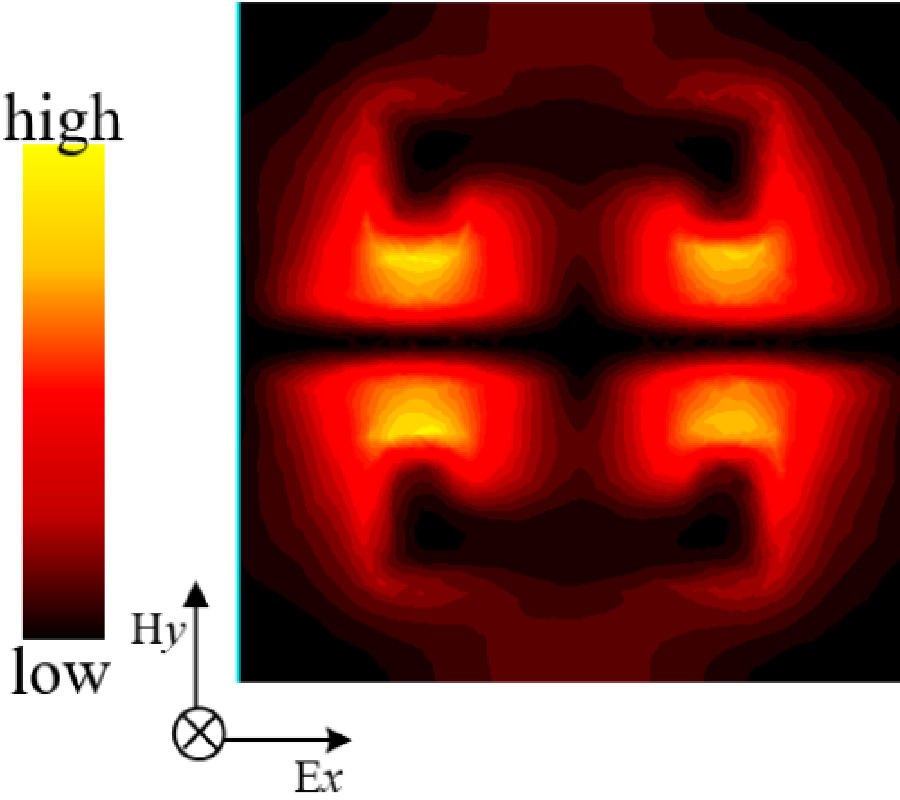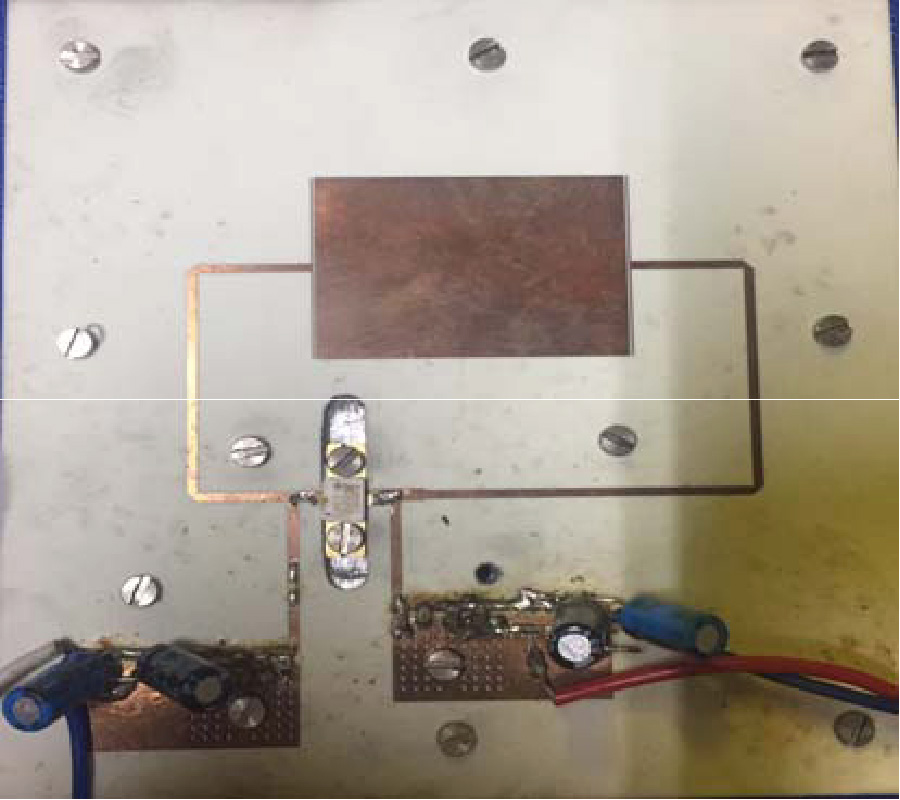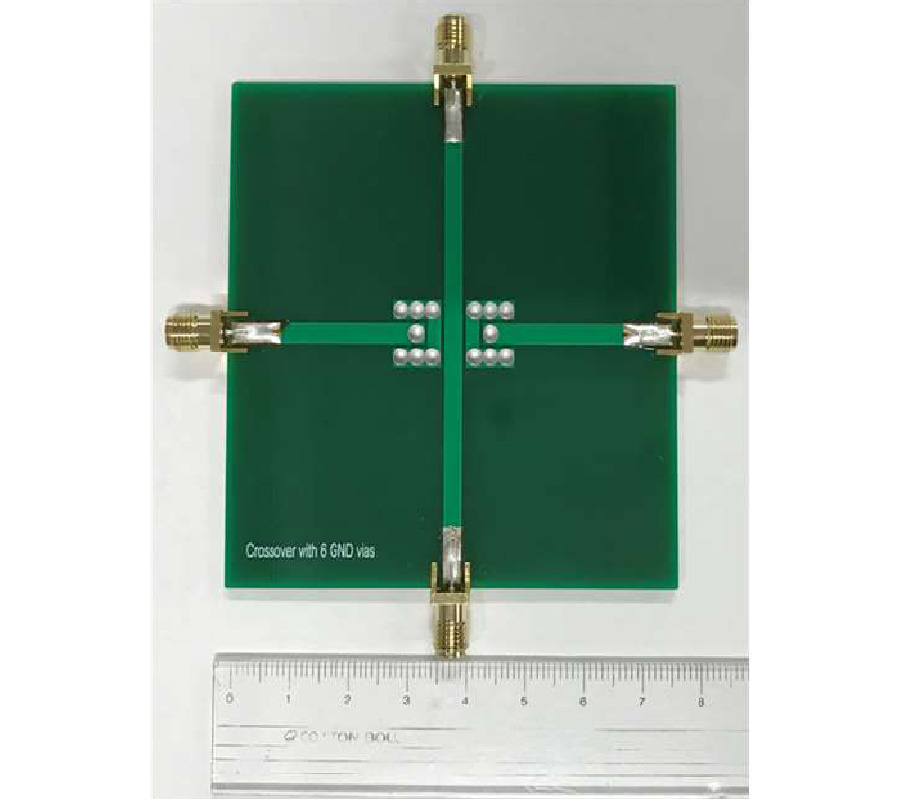Comparison of the Uniformity and Efficiency of the Square and Circular Helmholtz Coils for Wireless Power Transmission System
Zenglei Zhang,
Changshun Yuan,
Jinyang Gao,
Chen Gao and
Jinshan Zhou
Wireless power transmission system (WPTS) based on near-field inductive coupling is an effective way to provide power for gastrointestinal micro-robot. WPTS is normally realized by a Helmholtz coil outside the body and a three-dimensional receiving coil in the micro-robot. Helmholtz coil has two types, circle and square. However, a quantitative comparison for them in the application of WPTS has not been available yet. In this paper, the calculating models of the electromagnetic field intensity (EMFI) for the circular Helmholtz coil (CHC) and square Helmholtz coil (SHC) are built. With the built model, the uniformities of the electromagnetic field (UEMF) of two Helmholtz coils are calculated. The actual coil system is built to verify the correctness of the built models. When the diameter of the CHC and the side length of the SHC are both 40 cm, the available areas (UEMF ≥ 90%) for powering the robot supplied by the CHC and SHC are 39% and 56%, respectively. Also, the consumed powers of the two coils, when identical EMFI is excited, are compared. When the EMFI at the center of the CHC and SHC are both 1 Gs, the consumed powers are 5.09 W and 4.62 W, respectively. The above results show that compared to the CHC, the SHCnot only has better uniformity, but also consumes less power. Thus, it is more suitable for the WPTS.
